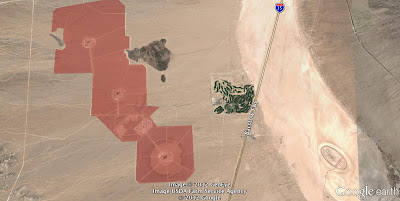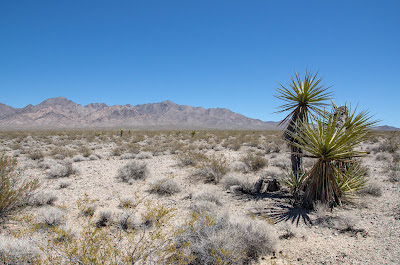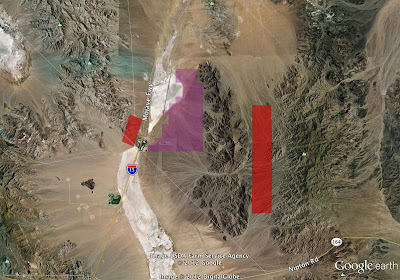BrightSource Ivanpah Solar Update
It has been nearly two and a half years since BrightSource Energy began destroying over 5 square miles of intact desert habitat in the Ivanpah Valley to build a utility-scale solar energy facility. After mowing down desert vegetation - some of it potentially hundreds of years old - and installing nearly 300,000 giant mirrors and three "power towers", the company is nearing the point of generating and shipping energy over hundreds of miles of transmission lines to customers far from this corner of the Mojave Desert. The destruction caused by BrightSource Energy's Ivanpah Solar Electric Generating System is unnecessary -- during the project's construction, California added more rooftop solar than will be generated by BrightSource, and other companies are building solar facilities on already-disturbed lands. Rare plants, such as the Rusby's desert mallow, Mojave milkweed and Parish club cholla cactus are lost, as are nests of cactus wrens and thrashers, and fora











